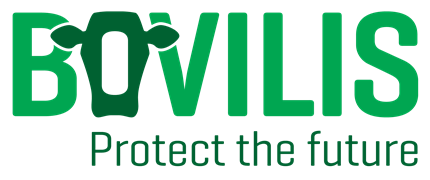
Teagasc Green Acres Calf to Beef Programme
As part of the Green Acres program, Agriland have constructed a Calf Health and Management series. As part of that series, Suzanne Naughton from MSD
Read more about Teagasc Green Acres Calf to Beef Programme




